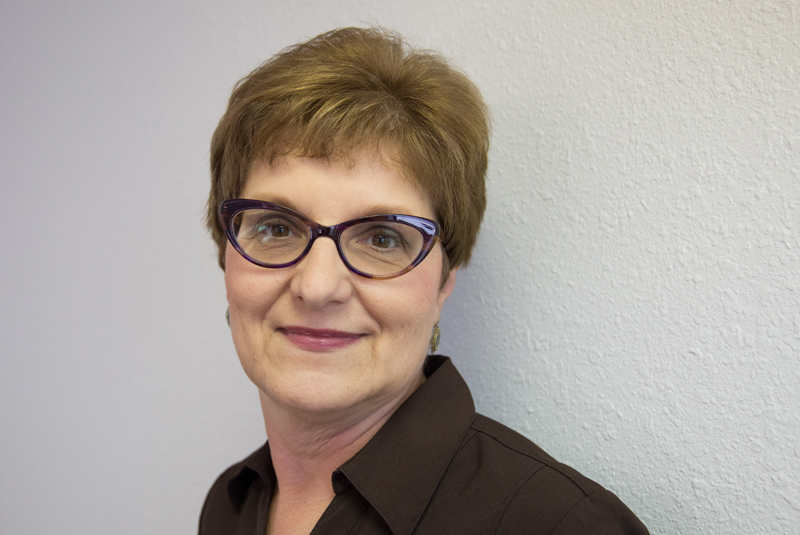Organizing Asarco Workers

A version of this story ran in the June 2012 issue.
When he took the job at American Smelting and Refining Company in 1972, Carlos Rodriguez was proud to work at a plant that had employed El Paso residents for nearly a century. Twenty-eight years later, Rodriguez was let go when the lead and copper smelter closed.
At the time, he had no idea how much Asarco had taken from his life.
Rodriguez, 62, was a maintenance electrician. He worked in neither the acid plant nor the furnace, and he didn’t process toxic waste. Still, he was exposed to toxic chemicals and now suffers severe health problems, including diabetes, thyroid disorders, hypertension, and an aggressive rash that covers his entire body.
Now on Social Security disability, Rodriguez is mobilizing former Asarco employees and the community to demand that the old smelting site near the Rio Grande be properly cleaned up.
“The goal of the workers is twofold: to make sure remediation is done the right way to protect future generations, and to address the health problems they have,” says Veronica Carbajal, an attorney with Texas RioGrande Legal Aid (TRLA). Carbajal is representing several former Asarco workers who want the site cleaned up. The workers say their health problems range from multiple sclerosis and Parkinson’s disease to strokes and leukemia.
Rodriguez has been instrumental in rallying the workers and collaborating with legal aid. “I’m one of the lucky ones,” he says, referring to his health problems. “There’s five or six of us who work on this issue. I call us the walking wounded.”
The El Paso smelter illegally incinerated toxic waste until a 1997 consent decree between the Environmental Protection Agency and Asarco ended the practice. The federal agency also slapped the company with a $5.5 million fine. But the workers didn’t know they had been exposed to contamination until years later.
“We were inhaling it, working with it with our hands and eventually it got the best of us,” Rodriguez says. “If they hadn’t brought in all those gases we wouldn’t have gotten sick, and I would still be working right now.”
After a long legal battle involving ownership of the El Paso smelter, Asarco’s parent company, Grupo Mexico, was ordered to pay $52 million to remediate the site. California-based Project Navigator was appointed to handle the remediation, which included burying much of the contaminated debris instead of removing it.
Concerned that not enough was being done to protect the community from materials that had been exposed to PCBs and toxic waste, Rodriguez, his former co-workers and TRLA demanded more testing in the area. Following interviews with about 35 former employees, they learned that transformers and ores had been buried at several sites across the highway from the plant. Mercury was leaking onto the ground, the ex-employees said, and there were other toxins at one site across the highway.
The Asarco workers identified nine waste sites, which they showed to the EPA and the Texas Commission on Environmental Quality—to little effect. They’ve tried unsuccessfully to get Superfund status for the site so it would be cleaned up permanently. They continue to demand that Project Navigator test building debris before burying it, and test soil samples before burying contaminated materials.
Carbajal says the EPA doesn’t require Project Navigator to test potentially contaminated equipment before selling it, which it does to raise money for the cleanup. The equipment is simply vacuumed and power washed before being sold. The workers did get Project Navigator to treat PCB-exposed bricks as debris and bury them, rather than sell them, but this is a small victory.
Rodriguez and the group want the EPA to get more involved in the process, or better yet, to take over the remediation. In the meantime, they continue to push for more regulation—and to educate others about the potential health and environmental effects from the smelter. Last month, the Texas Department of State Health Services sponsored a continuing education course for doctors and nurses in El Paso about occupational and environmental exposure.
Rodriguez says the workers want to form a nonprofit to continue to educate the public in El Paso and other U.S. cities affected by pollution from Asarco sites.


